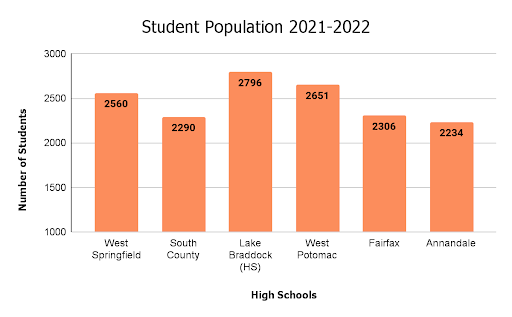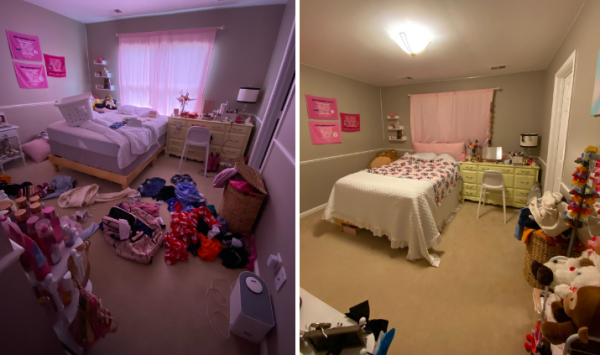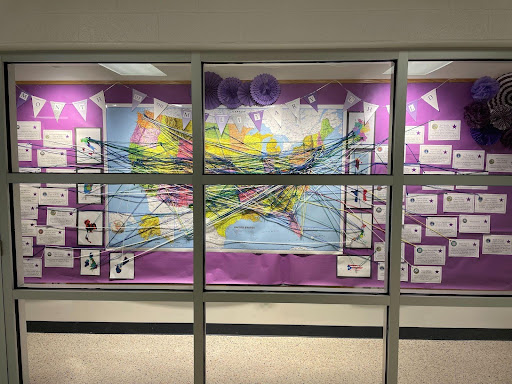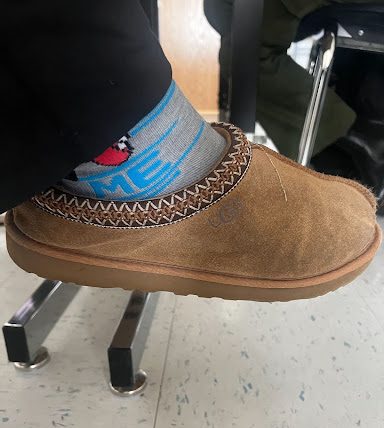Bigger classes, more responsibility
The student population at WS has increased to a record 2,600, according to a schoolwide email from administration earlier this school year. With the increase in students, teachers are seeing their classrooms filled with more students than ever before.
“[My class sizes] range anywhere from 28 as my smallest and 32 as my largest,” said teacher Heather Hicks. “I have a full class more of students even though I have the same amount of periods [as previous years].”
While these larger class sizes may seem unprecedented, they aren’t completely unheard of. Many classrooms, especially in the last few years, have already been filled with 30 students or more.
“Our class sizes are typical for FCPS and most schools in the area,” said teacher Heidi Averette. “Smaller class sizes would be better, but this is the reality. If class sizes were to go up, I would say more teachers are needed.”
According to Superintendent Michelle Reid, FCPS is “97% staffed” with teachers, but despite this encouraging percentage, having large classroom sizes in proportion to the amount of teachers doesn’t come without its challenges.
“It’s difficult to monitor all students and to get to know each student as well as in smaller classes,” said Averette. “However, as teachers we always strive to get to know our students and do what’s best to help them achieve. Smaller classes are ideal, but we’re all well-trained professionals that can meet the needs of our students in most situations.”
Beyond getting to know students, the middle of the school year, when more tests, projects, and larger assignments are assigned, is also anticipated to bring about heavy workloads for teachers.
“I think the problem is going to arise when we get to heavy-duty grading,” said Hicks. “Even my English 10 students are going to be writing quite a bit this year. My AP Lit kids will probably write fewer essays this year because they read a lot more, but even if they write anywhere from eight to 10 or more essays, that’s still 65 essays times 10 just for the AP Lit kids.”
Although it’s unlikely that large class sizes will go away anytime soon, it is possible for students to ease the workload of teachers even as the year progresses. Hicks and Averette both believe respectful communication is key to establishing good relationships with teachers and making it easier to address student concerns.“Simply put: just be respectful, follow the rules, ask questions, and do your best,” said Averette. “The rest will all fall into place, and you and your teachers will have a great year.”






